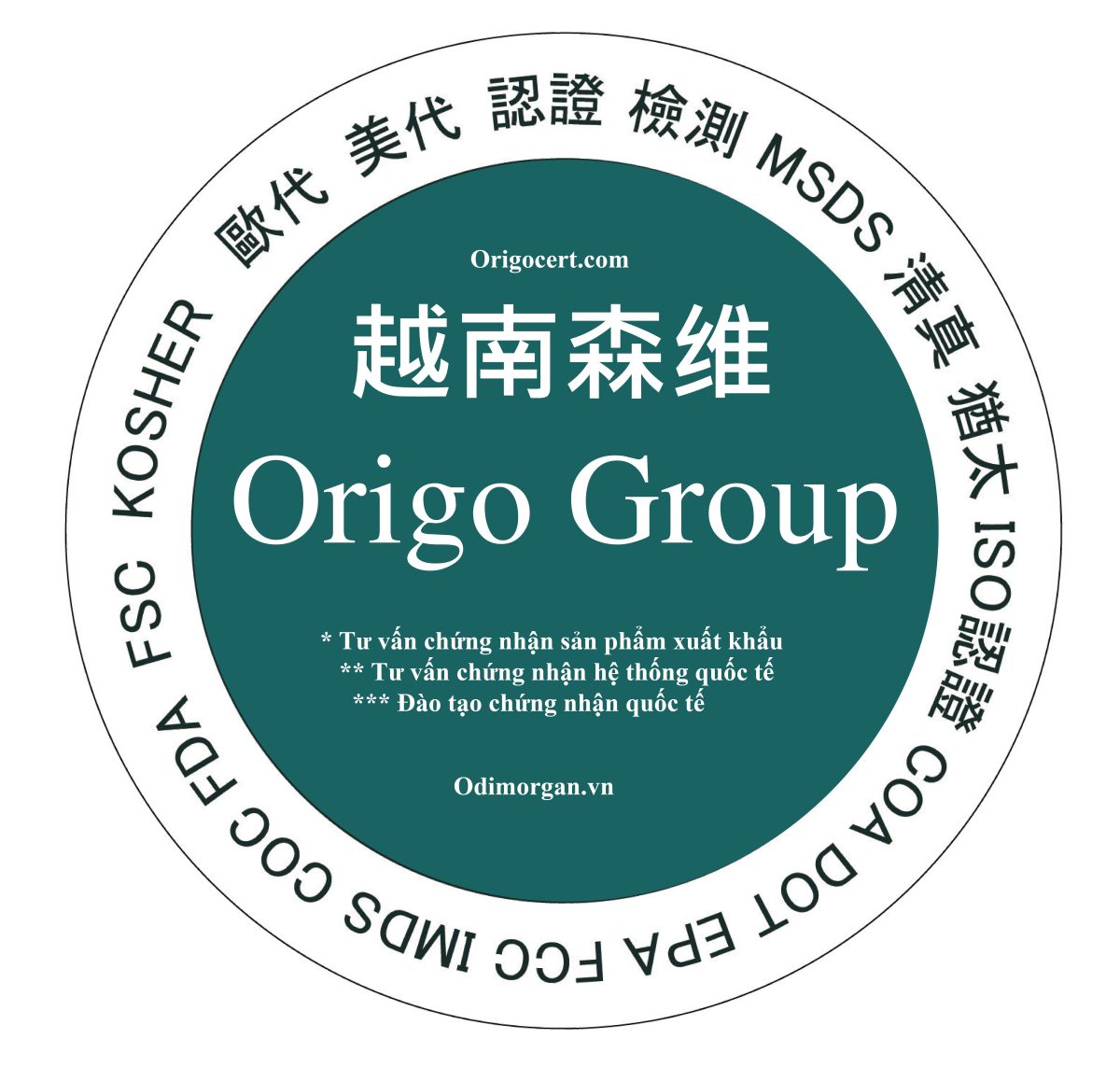Interest rates can be changed at any time so forex traders should stay on top of them by visiting the websites of their respective central banks. The cost to buy and hold the asset is $102, but the investor has already locked in a sale at $104. The trader would then carry the asset until the expiration date of the futures contract and deliver it against the contract, thereby ensuring an arbitrage profit of $2.
Find out whether this high-risk, high-reward strategy is right for you. The theory behind carry trading is to borrow one asset to buy another. You’ll remain in a profitable position as long as the interest you’re charged to borrow one asset is less than the interest you’ll receive for the asset you buy. Either currency may fluctuate in value and change your position, however.
How much does trading cost?
For example, when U.S. treasury bonds declined in the first quarter of 2021, upending many investment strategies. Once you’ve started trading forex, it’s natural to find the best trading strategy for you. Carry trading is very popular, though there are many other trading strategies you can use when playing the forex market. But activ trades forex in the world of forex, where money can mean a lot more things than just the crinkled bill in your pocket, buying money isn’t such a crazy idea. Many forex investors have discovered the advantages of borrowing a currency with a low interest rate, and then using it to purchase a bond in a currency with a high interest rate.
Tom-next is short for tomorrow-next day and the tom-next rate is the forex market’s swap price to roll a position from tomorrow or the next business day to the new spot date. If the exchange rate moves against the yen, the trader would profit more. If the yen gets stronger, the trader will earn less than 3.5 percent or may even experience a loss. Carry traders will essentially get paid while they wait as long as the currency doesn’t fall. Traders and investors are also more comfortable with taking on risk in low-volatility environments.
We’re also a community of traders that support each other on our daily trading journey. Let’s say that the rate is 110 yen for every one U.S. ifc markets review dollar, and the trader borrows 25 million yen. We want to calculate how many U.S. dollars they will have after they convert the funds.
Plan your trading
As you can see from the above examples, cash-and-carry arbitrage is a straightforward way to lock in profits from price discrepancies between crypto spot prices and their equivalent futures contracts. The beauty of the carry trade is that it does not require the trader to make any call regarding the direction the underlying asset will take. Therefore, the spread doesn’t actually need to narrow for the carry trade to be profitable. Alternatively, a trader who settles the futures leg of a carry trade can opt to “roll over” their trade to a later-dated futures contract. An effective carry trade strategy does not simply involve going long a currency with the highest yield and shorting a currency with the lowest yield. While the current level of the interest rate is important, what is even more important is the future direction of interest rates.
- Arbitrage trading is when a trader tries to gain from discrepancies in the price of an asset or related assets.
- Investors may also favor carry trades because they earn interest revenue even if the currency pair fails to move one penny.
- Investors borrow the funding currency by shorting the currency and taking long positions in the asset currency, which has a higher interest rate.
- But it’s also a high-risk strategy and requires the right market conditions and investment expertise to execute successfully.
- Managers undertake extensive research and fundamental analysis, formulating views on central bank policy and country-specific and global macroeconomic drivers.
That’s all great—but when should you actually get into your carry trade? If central banks are raising interest rates, or even just talking about raising interest rates, that can be a great time to enter the trade. This causes a lot of people to start carry trading, which increases a currency pair’s value. For example, in May 2021, Janet Yellen of the New York Times suggested that interest rates may need to rise as the economy recovers. Currency values, exchange rates, and prevailing interest rates are always fluctuating so no single currency is always best.
Traders then accrue big profits, because they are receiving interest on their U.S.-based assets. They can make even larger profits if the dollar rises against the Yen, or if the U.S. Interest is paid every day to those who are fading the carry or shorting AUD/JPY. For example, in the case of a bond, the investor receives the coupon payments from the bond they’ve bought, plus any investment income earned by investing the coupons, as well as the predetermined future price at the future delivery date.
What is a Carry Trade? 💱
John Hancock Investment Management LLC is the investment advisor for the closed-end funds. One of them has sold 30,000 copies, a record for a financial book in Norway. You can then view the position in the “History” section at the bottom of the RFQ Board. It will remain there for one week, after which you will find it in the report center by clicking view more.
The trader can close both positions for a profit whenever the spread is narrower than it was at entry. This is called carry trading—and it’s one of the most popular trading strategies in forex. But of course, this strategy is still susceptible to currency fluctuations after major news or world events, like the April Syrian missile strikes in Israel.
A currency carry trade is a strategy whereby a high-yielding currency funds the trade with a low-yielding currency. A trader using this strategy attempts to capture the difference between the rates, which can often be substantial, depending on the amount of leverage used. One of the most popular carry trades is the Yen carry trade—this is because the JPY has extremely low interest rates on loans. Large traders will borrow Yen at these very low interest rates, and then convert them to dollars.
Our block trading platform makes implementing carry trades and various other multi-leg trading strategies easy. If you’ve never used block trading before, we recommend starting with this dedicated guide, which will familiarize you with the platform and how to get around it. A carry trade is effectively a return that an investor generates for holding, or carrying, an asset such as a currency or commodity for a period of time. It doesn’t rely on the appreciation of the asset, although that can play a role in the trade’s risk.
Carry trades are common in many markets, but, of course, our focus is on the crypto markets. Two popular carry trades in 2023 involve buying currency pairs like the Australian dollar/Japanese yen and the New Zealand dollar/Japanese yen. The interest rate spreads of these currency pairs can be high but they can vary from day to day. The first step in putting together a carry trade is to find out which currency offers a quebex high yield and which offers a low yield at a particular time. While carry trades appear like an effortless way to make money, they do lock up trading capital for prolonged periods, meaning funds are not available to take potentially more profitable opportunities the market may present. A related drawback is that the spread between futures and spot prices is often narrow relative to the size of the positions required.
How Do You Hedge a Carry Trade?
The timing of the carry reversal in 2008 contributed substantially to the credit crunch which caused the 2008 global financial crisis, though relative size of impact of the carry trade with other factors is debatable. A similar rapid appreciation of the US dollar occurred at the same time, and the carry trade is rarely discussed as a factor for this appreciation. When performing carry trades between spot prices and futures contracts, the profit is essentially known from the start. Since perpetuals do not have a settlement date defined in the contract, their price does not converge with spot prices in as predictable a manner.








